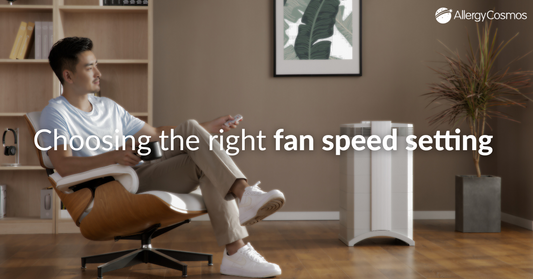Pollution from traffic exhaust is known to play a role in childhood asthma and, in London, many children go to school close to areas of traffic congestion. Increasing awareness of the health hazards posed by urban air pollution is therefore important, so the citizens of London can press for tighter environmental legislation. In a novel bid to raise the profile of air pollution problems, environmental scientists at Kings College London have brought the artist Effie Coe on board to help them in their EXHALE project.
Exhale aims to examine how air pollution in the East London area is affecting the lung health of seven and eight year olds living and studying there. Effie Coe has devised an activity for the children called 'ink breath drawing' that is based upon a video by the artist Dryden Goodwin called 'breathe' as part of her 'Invisible Dust' project. Workshops are taking place in 20 East London schools with medical testing which reveals the impact of air pollution on the childrens' lungs.
King's College is funding Effie Coe's work, known as 'Invisible Dust', through 2012 as part of EXHALE, which is led by the renowned King's environmental scientist Frank Kelly. EXHALE (Exploration of Health and Lungs in the Environment) is a programme funded by the National Institute for Health Research Comprehensive Biomedical Research Centre and it is dedicated to looking into the impact of pollution on the lung health of kids in East London.
EXHALE researchers work with the Medical Research Centre for Environment & Health on national and international environmental policy issues. They are also closely linked with King's College's Environmental Research Group (ERG), which is a leading provider of information on air quality in the UK. The ERG monitors air quality at 160 sites situated in 33 London boroughs. Frank Kelly recently led a study, based on this data that shows that the congestion charging scheme is reducing pollution levels in deprived areas of London and increasing life expectancy.
EXHALE's current mission is to look at the health impact of the Low Emission Zone which was introduced in 2008 and bans the most polluting vehicles from Greater London. Again focusing upon children in East London, this study is assessing whether reduction in exposure to traffic emission resulting from the introduction of the LEZ will actually improve lung function. Health assessments are being carried out in eight and nine year old children in certain schools in Tower Hamlets and Hackney. The EXHALE team is looking at:
- Measurements of respiratory health
- Biomarkers of exposure to traffic-related air pollution
- Genetic susceptibility to air pollution effects
- Bodily response to air pollution
This health data is then linked to the ERG's air quality data to paint a comprehensive picture of the impact of traffic-related air pollution on children's health and the impact of the LEZ upon this. Effie Coe's work is part of this. Year 4 children received a morning of education about air pollution. She uses art activities to help the children understand the scientific concepts they are being shown. If a dash of art helps push the science along, and the science then influences environmental policy, then 'Invisible Dust' is a great investment!




